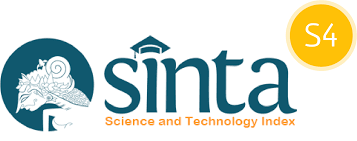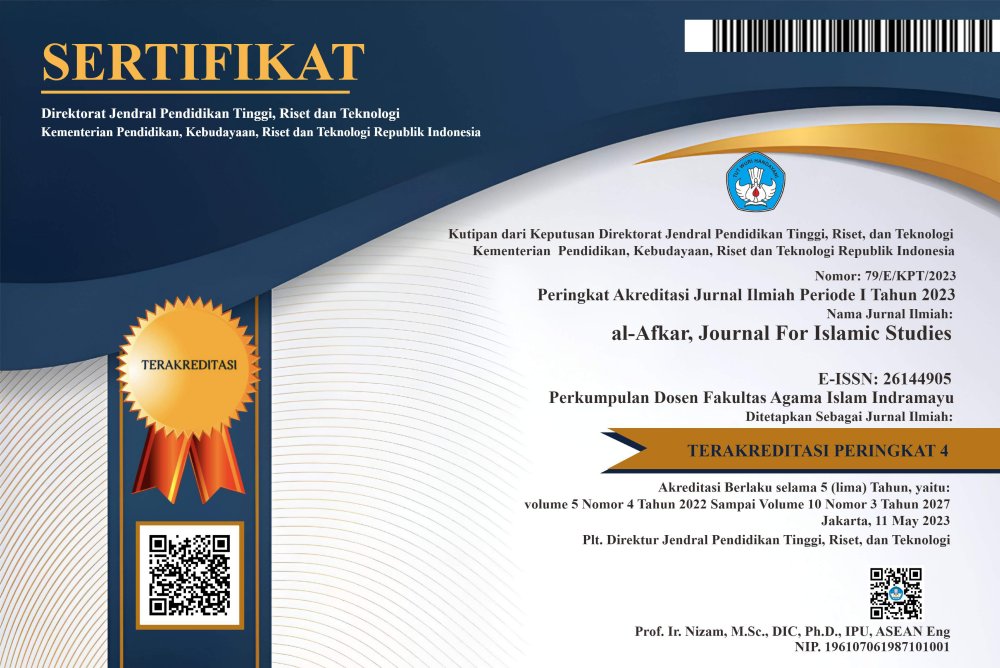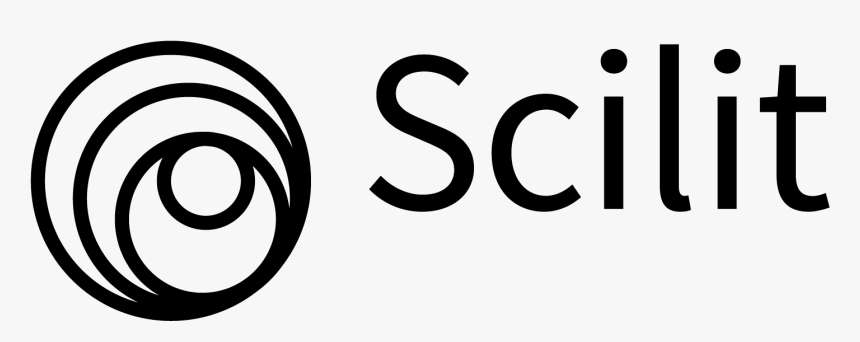Portrait of the Revitalization of Arabic Language Learning Using Technological Developments for the Future
DOI:
https://doi.org/10.31943/afkarjournal.v7i2.1012Keywords:
Objects, Arabic, Media and TechnologyAbstract
The object is one of the discussions on the Future of Development of Arabic Language Learning Media and Technology which functions to form, among other things, learning media and improving the quality of teaching human resources so that they are professional, innovative and competitive. Arabic in Indonesia is one of the foreign languages studied in formal and non-formal educational institutions. Therefore, the author will examine, among other things, learning media and improving the quality of teaching human resources so that they are professional, innovative and competitive. Thus, so that the Arabic language learning process runs well, has competitiveness and is able to compete with other foreign language learning, it is necessary to master the Arabic language learning methodology. Another way is to be able to use modern internet-based learning media in accordance with the information technology era. Even though it is in a local educational institution, it is able to compete with other international educational institutions. On the other hand, according to Prananto Sukmajaya (an information technology expert) said that the urgent development of information technology has transformed the concept of computer-based education (CBE) into information technology-based education. Information technology can integrate computers, the internet and other information system facilities into tools that empower the teaching and learning process to be more creative, innovative and competitive.
Downloads
References
Ali, Jauhar, and Iain Pekalongan. “Permainan Sebagai Strategi Aktif Learning Dalam Pembelajaran Bahasa Arab,” no. September (2016). https://www.researchgate.net/publication/327477225.
Azzuhri, Muhandis. “Metode Dan Media Pembelajaran Bahasa Arab Berbasis Internet Di Era Teknologi Informasi.” INSANIA : Jurnal Pemikiran Alternatif Kependidikan 14, no. 3 (1970): 348–445.
Helwig, Nathaniel E, Sungjin Hong, and Elizabeth T Hsiao-wecksler. “No 主観的健康感を中心とした在宅高齢者における 健康関連指標に関する共分散構造分析Title” (n.d.): 849–859.
Indriana, Dina. “Evaluasi Pembelajaran Dan Penilaian Autentik Dalam Pembelajaran Bahasa Arab.” al-Ittijah : Jurnal Keilmuan dan Kependidikan Bahasa Arab 10, no. 2 (2018): 34.
Kahar, M. Iksan, Hairuddin Cika, Nur Afni, and Nur Eka Wahyuningsih. “Pendidikan Era Revolusi Industri 4.0 Menuju Era Society 5.0 Di Masa Pandemi Covid 19.” Moderasi: Jurnal Studi Ilmu Pengetahuan Sosial 2, no. 1 (2021): 58–78.
Maimun Aqsha Lubis Abdin Lubis, Siti Hajar Taib, and Mohd Azaharin Ismail. “Inovasi Sistem Pendidikan Dan Strategi Pengajaran Bahasa Arab Di Era Milenial 4.0.” Journal of Chemical Information and Modeling 3, no. 2 (2019): 9–20.
Muhammad Irfan Hasanuddin, Sudirman. “Transformasi Elemen Pesantren Pada Pembelajaran Bahasa Arab Di Pesantren As’adiyah Sengkang: Kontinuitas Dan Perubahan.” Jurnal Pendidikan Agama Islam 3, no. 1 (2020): 103–118. http://ejournal.iainpalopo.ac.id/index.php/iqro.
Rahmawati, Ana S., and Rahmawati P. Dewi. “View Metadata, Citation and Similar Papers at Core.Ac.Uk.” PENGARUH PENGGUNAAN PASTA LABU KUNING (Cucurbita Moschata) UNTUK SUBSTITUSI TEPUNG TERIGU DENGAN PENAMBAHAN TEPUNG ANGKAK DALAM PEMBUATAN MIE KERING 3 (2020): 274–282.
Rani, Samsuar a. “Pembelajaran Bahasa Arab Berbsis Teknologi Informasi Komunikasi.” At-Ta’dib ix, no. 02 (2017): 163–177.
Rosanita, Devi. “Pembelajaran Berbasis 109 PEMBELAJARAN BERBASIS” (2012): 109–140.
Rozi, Bahru. “Problematika Pendidikan Islam Di Era Revolusi Industri 4.0.” Jurnal Pendidikan Islam 9, no. 1 (2020): 33–47.
Septiasari, Erda Ayu, and Sumaryanti Sumaryanti. “Pengembangan Tes Kebugaran Jasmani Untuk Anak Tunanetra Menggunakan Modifikasi Harvard Step Test Tingkat Sekolah Dasar.” Jurnal Pedagogi Olahraga dan Kesehatan 3, no. 1 (2022): 55–64.
Downloads
Published
How to Cite
Issue
Section
License
Copyright (c) 2024 Muhammad Solihin, M.Tholibin Azhari, Mujiburrahman, Abdul Aziz

This work is licensed under a Creative Commons Attribution 4.0 International License.



















